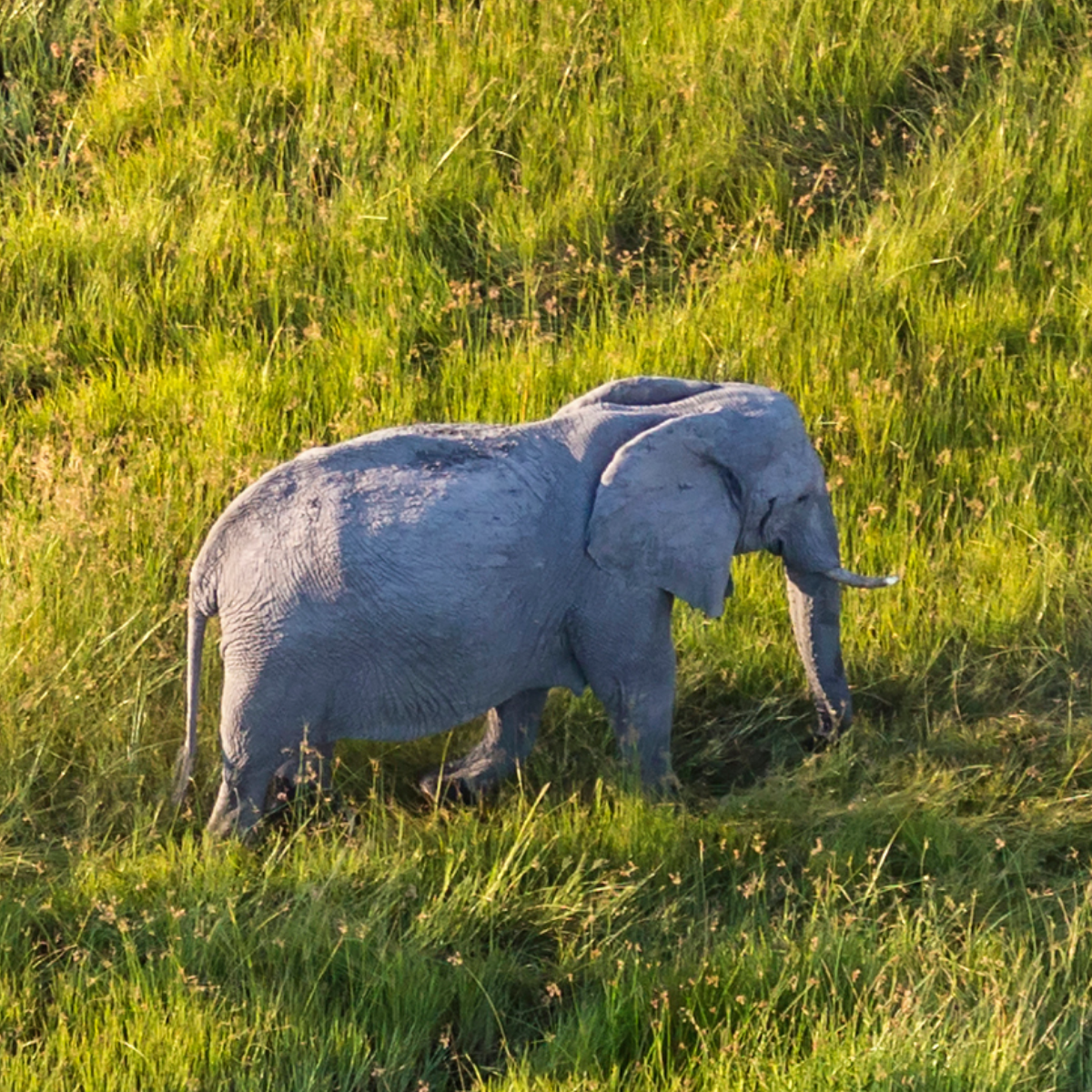
This is a complex topic, where environmental, financial and ethical considerations intersect. It ultimately raises a fundamental question: can we, both from a philosophical and methodological point of view, assess the value of nature?

This is a complex topic, where environmental, financial and ethical considerations intersect. It ultimately raises a fundamental question: can we, both from a philosophical and methodological point of view, assess the value of nature?
While, according to the World Economic Forum, half of the global GDP is dependent on nature, biodiversity is experiencing an extinction that challenges the resilience of our economies. Deterioration of air, water and soil quality, decline in ecosystem services such as pollination: the physical impacts of this loss of biodiversity are already putting our economies under pressure. As regulations evolve, transition risks linked to the move towards an economy that takes greater account of biodiversity protection could materialise in the near future, with significant consequences for investors.

Candriam already integrates biodiversity at the core of its sustainable investment strategies: biodiversity footprint, proprietary model to assess biodiversity risks, geographical model to localise precisely companies’ biodiversity-related impacts and dependencies…
Today, we are going a step further and proposing a method to quantify companies’ “ecological debt”.
Understanding and assessing issuers’ biodiversity-related impacts and dependencies is essential to minimise negative externalities, anticipate risks, and protect our clients’ portfolios.
Obtenga información más rápidamente con un solo clic